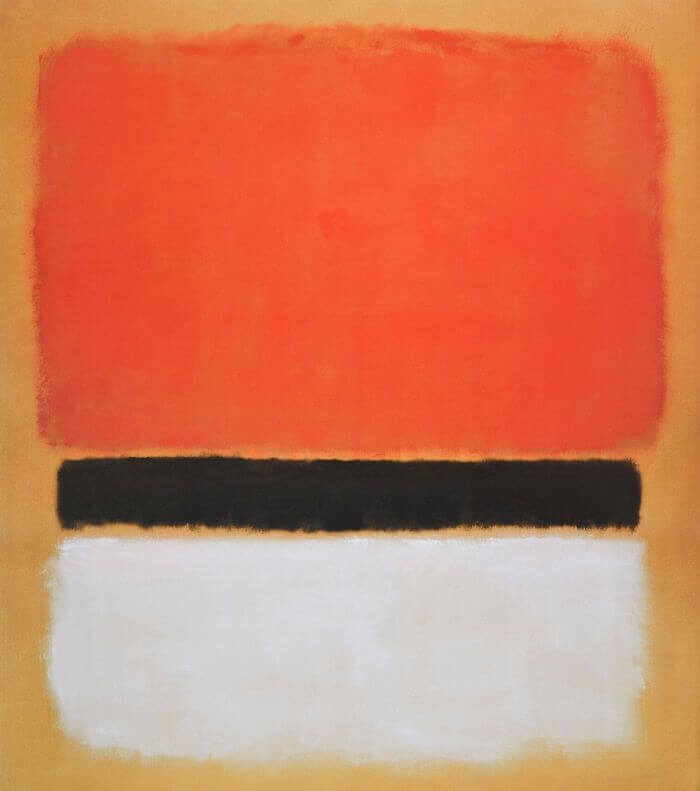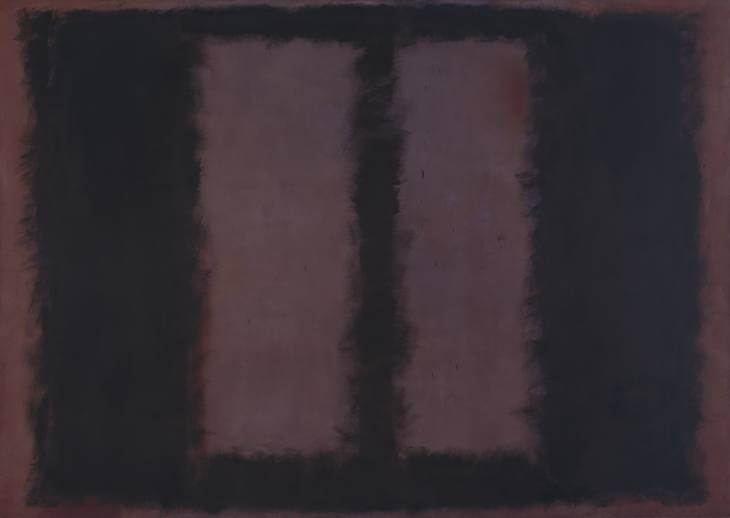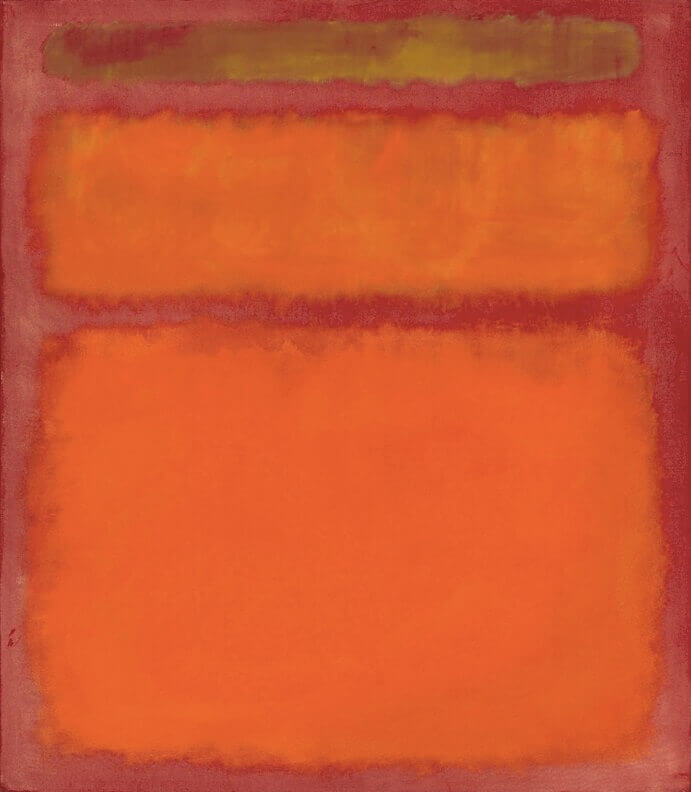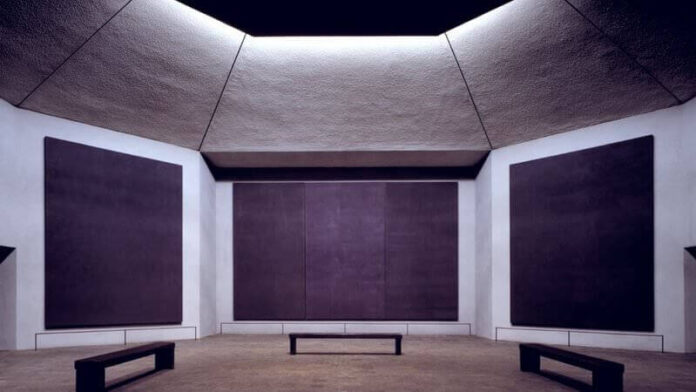Mark Rothko (1903-1970) is one of the American artists who completely changed the essence and concept of abstract painting. His color formations draw the observer into a space filled with inner light. Rothko always resisted attempts to interpret his paintings.
Markus Rotkowitz, also known as Mark Rothko, was born on September 26, 1903, in Dvinsk, Russia. He was the youngest of four children. Later his family moved to the United States and decided to remain there. In New York, he took a course at the Art Students League under Max Weber, one of the few professors who knew firsthand and was enthusiastic about European modernism.

Rothko’s early paintings on everyday themes reflected the influence of Weber, as well as artists such as Marc Chagall. Rothko demonstrated evidence of his exceptional skill as an artist.
Paintings by Rothko have been frequently exhibited at the New York Gallery of Modern Art and the Portland Museum of Art. In 1933, his fame as an artist blossomed. Then several people began to pay attention to his original and rich works.
Rothko’s early works included various scenes and images of a noisy urban lifestyle. In the post-World War II era, he began to show pictures of survival and death due to the situations that prevailed during the war. Several of Rothko’s paintings included concepts rooted in various religions and ancient mythical subjects.
In the 1940s, Rothko joined a group of artists who considered themselves abstract expressionists. Their masterpieces offered strong emotions and expressions without any reference to the earthly world.

Rothko’s style was referred to as Colorfield Painting. Rothko’s paintings were distinguished by the simple use of color with wide dimensions. He painted in several layers with paints that had such an image as if they were glowing from the inside.
Later, Rothko was more inclined to darker and darker colors. This was in the 1960s when most of Rothko’s paintings included a combination of colors such as black, brown, and maroon. By 1968, Rothko was suffering from severe depression due to his personal conflicts. This was also the main reason for his untimely death when he committed suicide on February 25, 1970.

Mark Rothko’s 45-year painting career can be divided into four periods:
- the Realist years from 1924 to 1940;
- the Surrealist years 1940-1946;
- the Transitional years from 1946 to 1949
- the Classical years from 1949 to 1970.

























